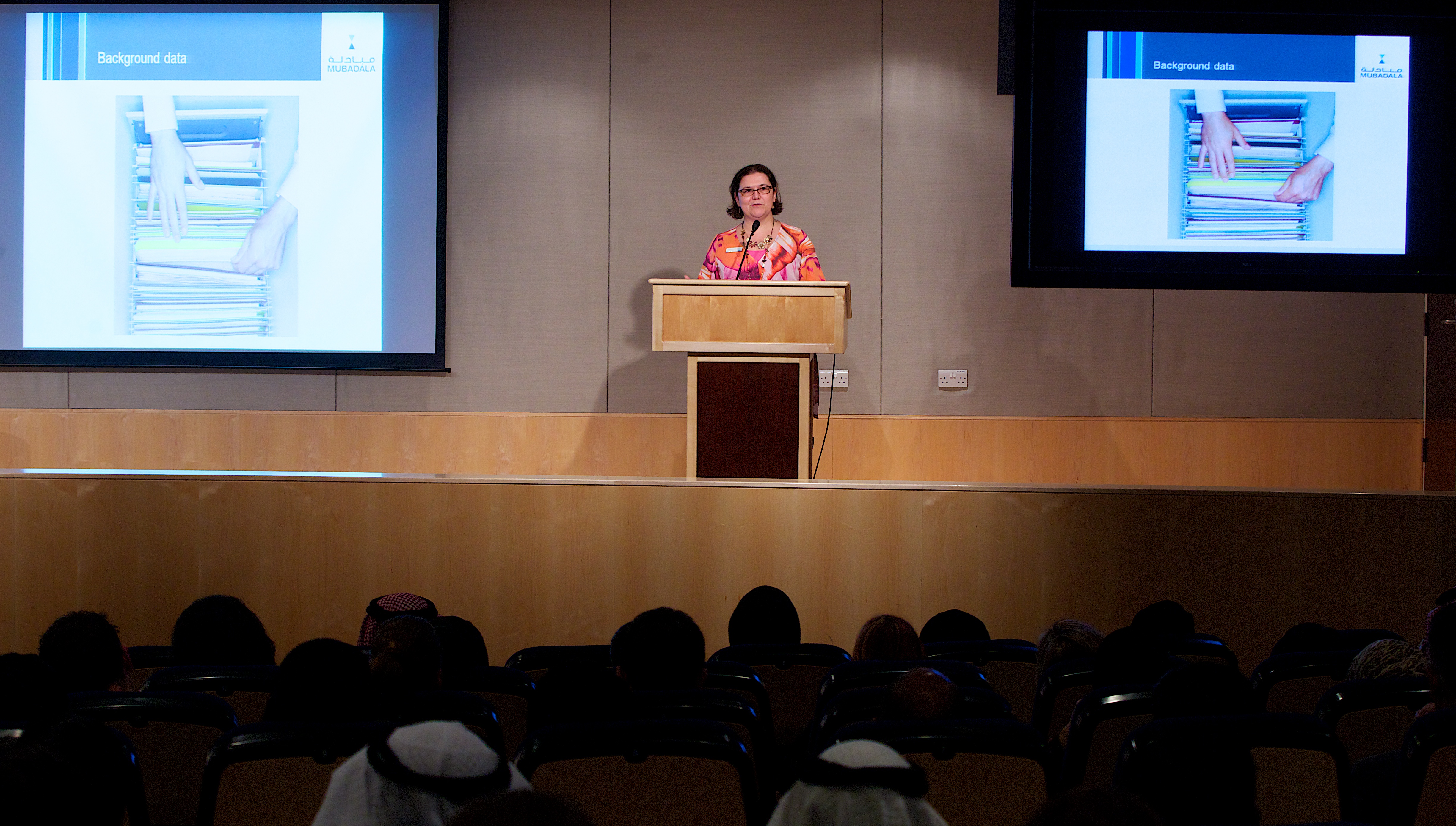Ah, the good old job descriptions ! We all have a love-hate relationship with them, especially when it comes to writing them.
The organisation can basically go down two roads : external or internal. This will most often be a choice dictated by a combination of budget /accessibility (or not) of funds and the time available for the project.
I believe however, that the specific risks associated with each type of writer should also be considered.
A consultant writes your job descriptions
When the company goes external and asks for consultants to write its job descriptions, the rationale is often based on the consultant’s experience in writing JDs. The consultant understands the nuances of what and how to write to make the description easy to understand and relevant to the next step, which is job evaluation.
The major hurdle in that case is that the consultant doesn’t know the company enough, its jargon, the subtleties and real specificities of the organisation. And, as I’ve seen it happen quite a few times, the so-called experience from the consultant may turn out to be limited, at least in terms of knowledge of the industry. That means that some important aspects of the job may be misunderstood or their relevance incorrectly appreciated.
Also, the large consulting firms tend to assign the job of writing JDs to their junior staff, and sometimes these young consultants don’t even investigate about the business of the organisation. So, when they come to interview the employees and managers in order to gather the information necessary for the write-up, they end up upsetting managers because they ask very basic questions – and the managers feel they are wasting time. As a result, the whole process may lose a good chunk of its credibility in the organisation.
Alternatively, you may want to consider assigning the task of writing the job descriptions in-house.
This decision comes with its own set of risks though.
There are 2 main possibilities : either the employee writes his/her job description, or the manager does it. In either case, they both know the company, its culture, and the industry well.
However, they are often not very well-versed in the subtleties of writing job descriptions, using the right words to convey the exact duties and responsibilities expected from the job.
Both the employee and the manager may be tempted to think of the current job holder when they write the job description, instead of describing the role irrespective of who fills it. This could impact fundamental areas of the JD such as the education needed, the kind of experience required and for how long (industry, specific previous positions etc), and the kind of results expected from the role.
Beyond this risk of thinking about the person not the job itself, employee and manager also sport their own potential bias when writing job descriptions.
The employee could amplify the real impact of the position on the organisation, or on the opposite, downplay it – it would basically depend on the perceived self-value of the employee. The other main risk depends on how “strategically” the employee thinks : does he/she focus on describing tasks, or outcomes ?
Tasks mean that the job description will be very factual in terms of the daily activities, but at the same time it will change quickly (for example when technology evolves or reporting lines change).
A job description based on outcomes will be valid for on longer time, and, just as importantly, it can’t be referenced by an employee saying : “I won’t do this, because it’s not written in my job description!”
The manager on the other hand may not really know the details of the activities of the role of the team member. This is especially more likely if the one writing the job description is not the direct supervisor of the employee, but someone higher up in the organisation such as the department head.
This situation may lead to an over- or under-estimation of the complexities of the job. Some areas of responsibility may be emphasized or lessened, resulting in a less accurate job description.
So, what to do, you ask ? Who should write the job descriptions ?
Mitigating the risks of the job description process
None of the 3 approaches seems to work perfectly, as the consultant, the employee and the manager each are vulnerable to some risk of inaccuracy when they write job descriptions.
Well, while we can never fully cancel these dangers, one of the best ways to reduce them is to implement a committee to review and approve the job descriptions before they are all compiled and become official and binding.
This is not a very “sexy” solution, but in truth, such a committee, if done at the appropriate level (ie its members truly represent the organisation, not only top management), will ensure that any potential bias in the job descriptions can be removed, and the sometimes political games of influence are neutralised as much as possible.
This extra step also ensures relative buy-in on the outcomes of the job descriptions project, enabling you to use these JDs later on for all sorts of purposes such as recruitment, participating to compensation surveys, establishing your company grading structure, identifying competencies and designing mandatory training plans across whole sections of the company if needed.
Related posts :




[…] How to write an effective job description – this article from one of the HR.com blogs will complement my own post on the challenges of writing good JDs. […]